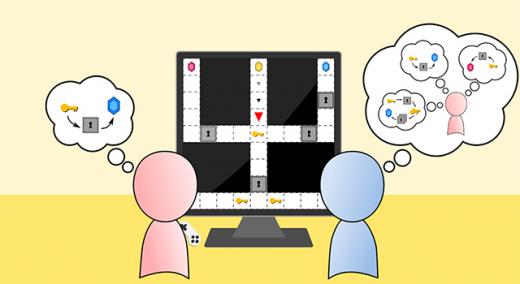First published Dec. 7, 2020, on MIT Computer Science & Artificial Intelligence Lab (CSAIL) news.
In a classic experiment on human social intelligence by Warneken and Tomasello, an 18-month-old toddler watches a man carry a stack of books toward an unopened cabinet. When the man reaches the cabinet, he clumsily bangs the books against the door of the cabinet several times, then makes a puzzled noise.
|
ADVERTISEMENT |
Something remarkable happens next: The toddler offers to help. Having inferred the man’s goal, the toddler walks up to the cabinet and opens its doors, allowing the man to place his books inside. But how is the toddler, with such limited life experience, able to make this inference?
Recently, computer scientists have redirected this question toward computers: How can machines do the same?
…

Add new comment